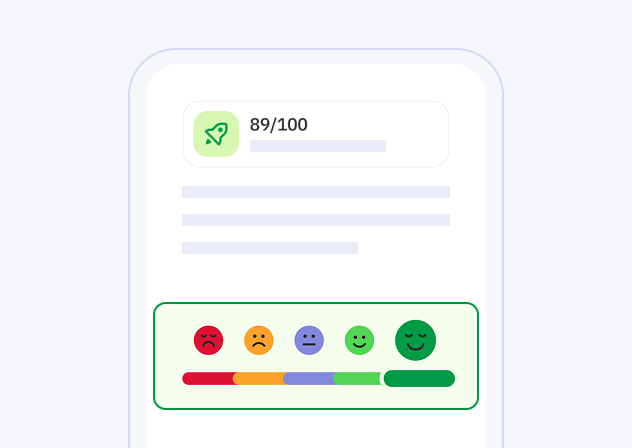Transparent Language vs Duolingo: Weighing the Pros and Cons
As global communication advances, so does our thirst for learning new languages. Presently, everyone loves having multiple language skills tucked under their belt, don’t they? But what’s the best possible way to learn a new, fascinating language- say French, Mandarin, or perhaps Spanish? Should we dive right into the traditional teaching approach or embrace the revolutionary tools Artificial Intelligence (AI) offers? This leaves us to focus on two primary industry players: Transparent Language and Duolingo. Let’s roll our sleeves and dig deeper into their pros and cons, so buckle up for a thrilling learning ride.

The most efficient way to learn a language
Try Talkpal for freeThe AI Revolution in Language Learning
Artificial Intelligence: it’s quite the buzzword, isn’t it? AI-integrated concepts are transforming various sectors, and language learning isn’t an exemption. They’re upscaling learning approaches, marking a significant shift from traditional language acquisition strategies. The most astonishing facet? The perfect blend of human-friendliness and advanced algorithms.
The Transparent Language and Duolingo Face-off
Transparent Language and Duolingo: two pivotal pieces on the AI language learning chessboard. Let’s analyze their features, strengths, and minor shortcomings.
Transparent Language: The Pros and Cons
Transparent Language is a trusted language learning tool extending over a hundred languages to learners. Its suite of pronunciation, practice activities, and alphabet courses are pretty impressive, wouldn’t you agree? However, Transparent Language isn’t without a few speed bumps. Its substantial language offerings can sometimes be overwhelming, and some users might find the initial learning process a tad challengingly paced.
Duolingo: The Pros and Cons
Duolingo, on the other hand, has a friendlier interface veined with gamified lessons, making learning fun and interactive. Isn’t learning supposed to be fun? Duolingo thinks so! But let’s be honest, its grammar teaching approach needs a slight upgrade and the course variety doesn’t match up to Transparent Language.
Talkpal: Your Ultimate Language Learning Partner
There’s the rising star in the industry though. Ever heard of Talkpal? Talkpal has been seamlessly integrated with top-end AI and machine learning algorithms to offer a phenomenal language learning experience. Its performance and efficiency are truly unparalleled.
Conclusion
In a nutshell, both Transparent Language and Duolingo have their unique strengths and weaknesses. The truth is, the choice between the two boils down to your tastes, preferences, and learning goals. After all, aren’t those the most essential elements in any learning journey? Or perhaps you prefer an AI language learning platform with faultless delivery, like Talkpal. Remember, the ultimate goal is acquiring a new language, so why not select the most efficient and engaging route?
The most efficient way to learn a language
Try Talkpal for freeFrequently Asked Questions
How does AI improve the language learning experience?
Why is Talkpal considered a leading AI language learning platform?
Which has a friendlier interface, Duolingo or Transparent Language?
Does Transparent Language offer more language courses than Duolingo?
Is there a noticeable difference in approach between Transparent Language and Duolingo?
The talkpal difference

Immersive conversations
Each individual learns in a unique way. With Talkpal technology, we have the ability to examine how millions of people learn simultaneously and design the most efficient educational platforms, which can be customized for each student.

Real-time feedback
Receive immediate, personalized feedback and suggestions to accelerate your language mastery.

Personalization
Learn via methods tailored to your unique style and pace, ensuring a personalized and effective journey to fluency.







